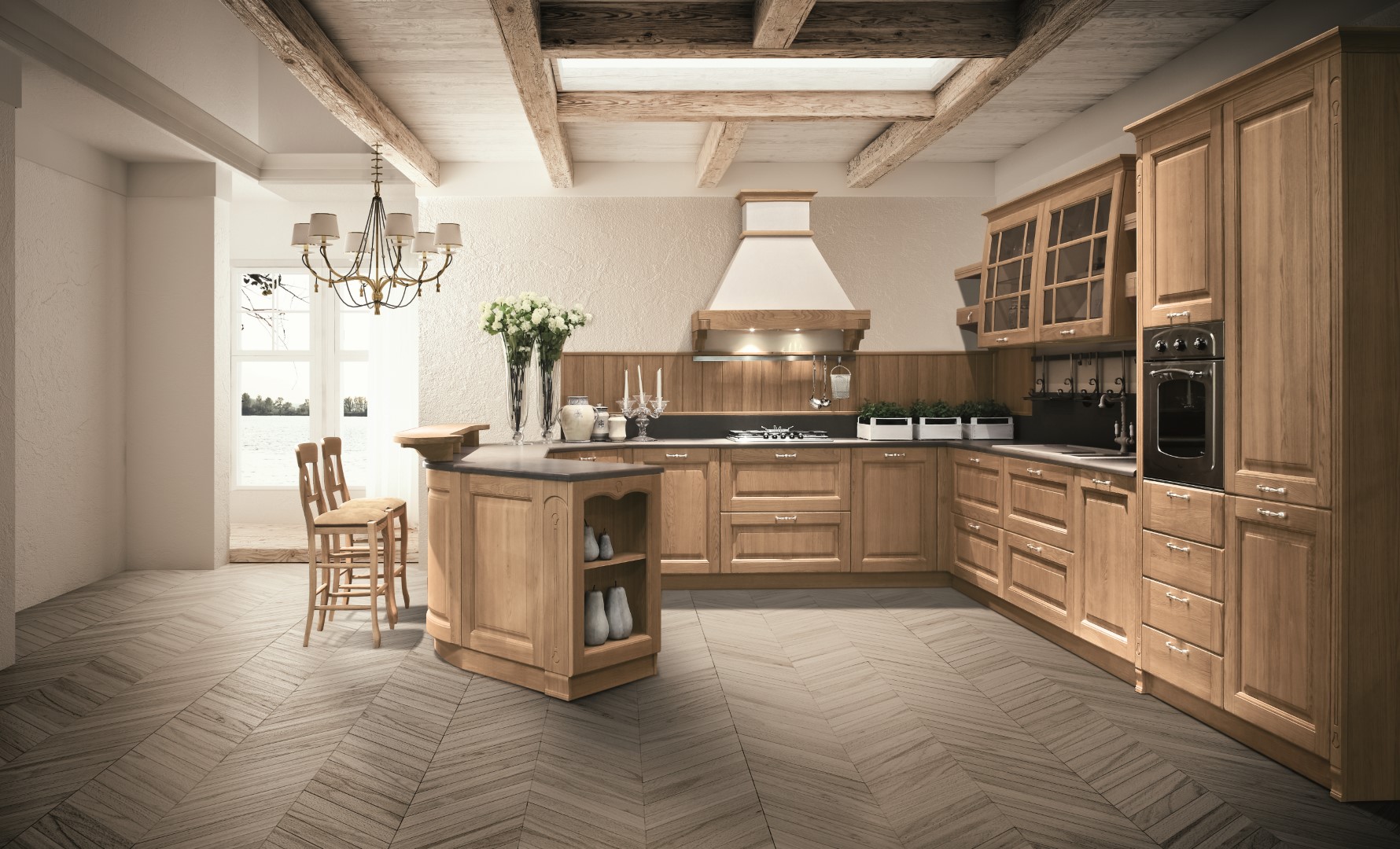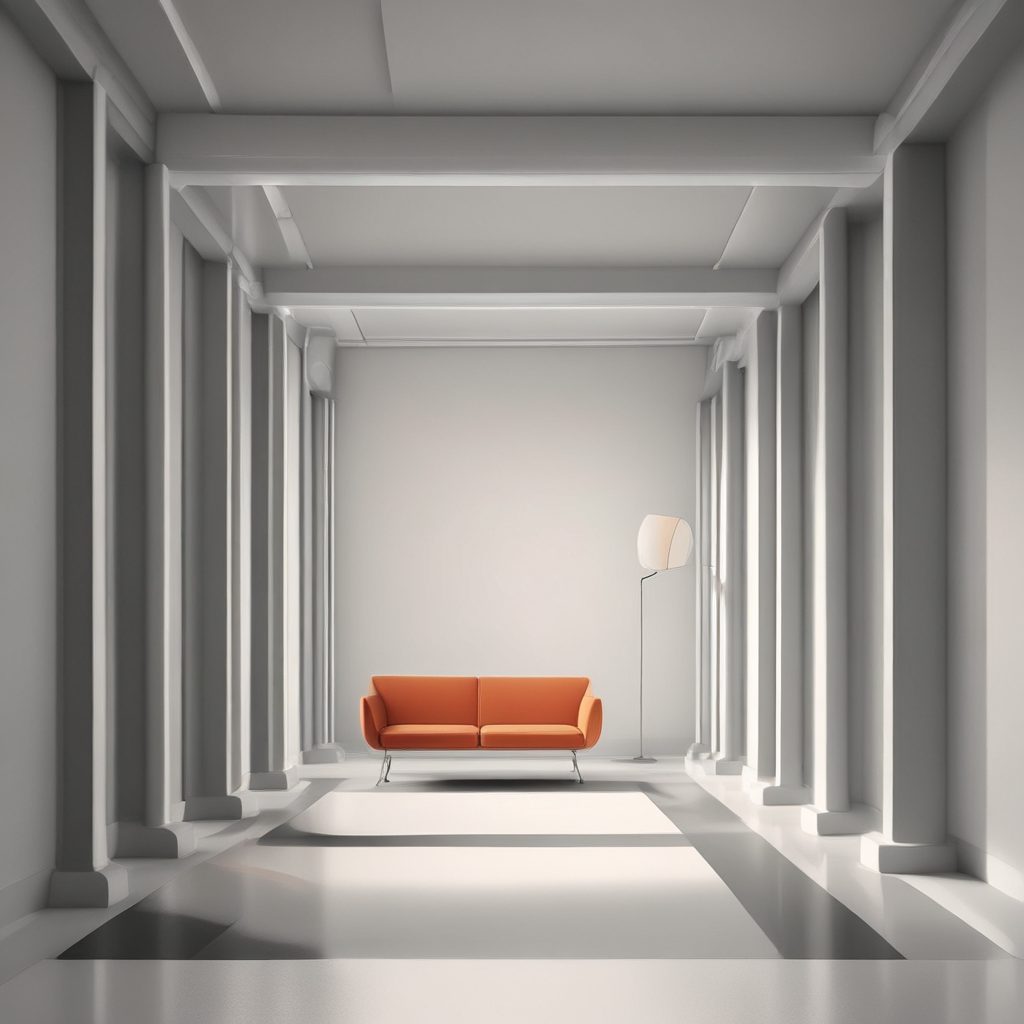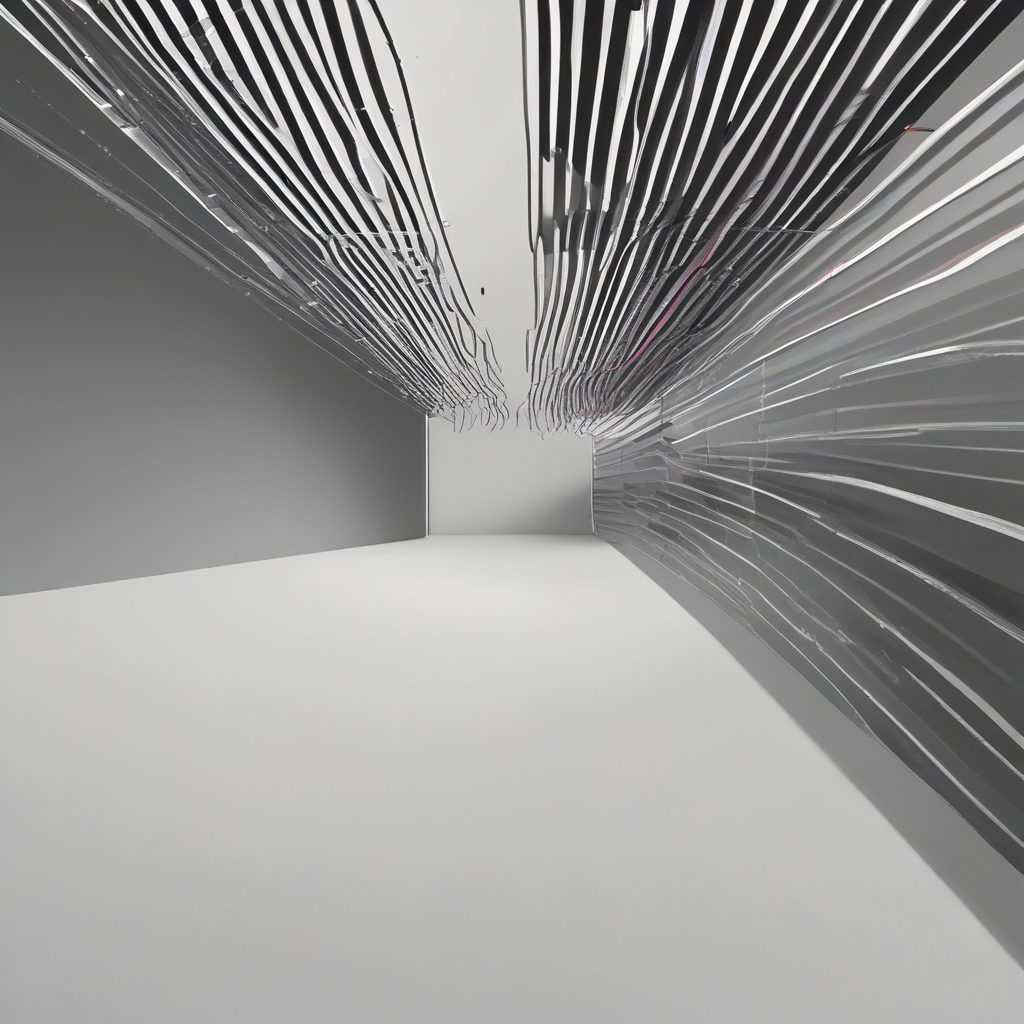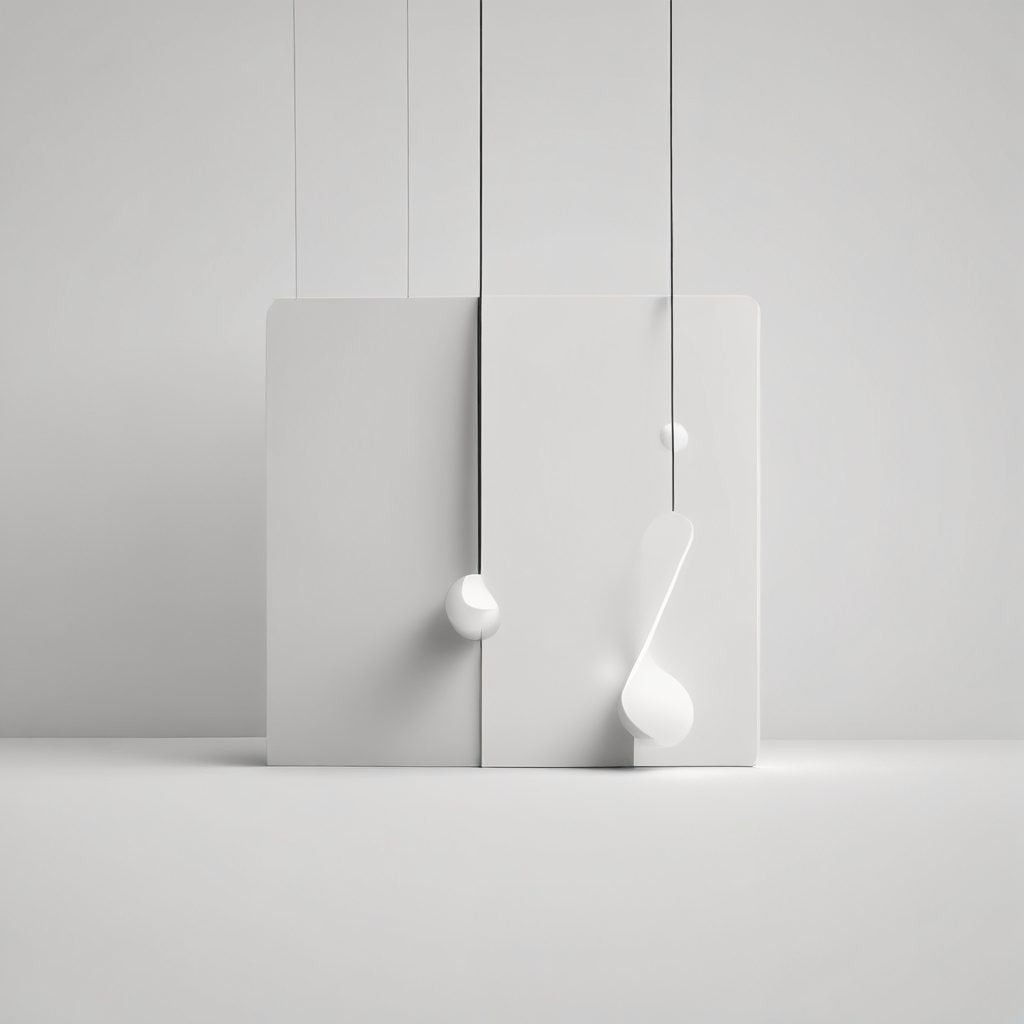
How to Design a Kitchen That’s Both Stylish and Practical
Designing a kitchen that is both stylish and practical is a rewarding endeavor that enhances the functionality and aesthetic appeal of your home. A well-designed kitchen not only serves as a hub for cooking and dining but also as a space for socializing and entertaining. This article will guide you through the essential elements of creating a kitchen that balances style with practicality, ensuring it meets your needs and reflects your personal taste.
Understanding Your Needs and Lifestyle
Before diving into the design process, it is crucial to assess your needs and lifestyle. Consider how you use your kitchen daily. Are you an avid cook who requires ample counter space and high-end appliances, or do you prefer a minimalist approach with just the essentials? Understanding your cooking habits and lifestyle will help you prioritize features that are most important to you.
Statistics show that the average person spends about 37 minutes a day in the kitchen, according to the USDA. This time can increase significantly for those who enjoy cooking or have larger families. Therefore, designing a kitchen that accommodates your daily routine is essential. For instance, if you frequently host gatherings, incorporating an open-plan layout with a kitchen island can facilitate social interaction while cooking.
Choosing the Right Layout
The layout of your kitchen is a fundamental aspect of its design. The most common kitchen layouts include the U-shape, L-shape, galley, and open-plan designs. Each layout has its advantages and can be tailored to fit your space and needs. For example, a U-shaped kitchen offers plenty of counter space and storage, making it ideal for larger kitchens, while a galley kitchen is perfect for smaller spaces due to its efficient use of space.
When selecting a layout, consider the “kitchen work triangle” concept, which involves positioning the sink, stove, and refrigerator in a triangular formation to maximize efficiency. This design principle has been a staple in kitchen design for decades and is supported by experts like interior designer Nate Berkus, who states, “A well-designed kitchen should allow for easy movement between the three main work areas.”
Incorporating Stylish Elements
Once you have determined the layout, it’s time to infuse style into your kitchen. Start by selecting a color palette that complements the rest of your home. Neutral tones like white, gray, and beige are timeless choices that create a clean and sophisticated look. For a bolder statement, consider incorporating accent colors through cabinetry, backsplashes, or accessories.
Materials play a significant role in defining the style of your kitchen. Natural materials like wood and stone add warmth and texture, while stainless steel and glass offer a sleek, modern aesthetic. According to a 2022 Houzz Kitchen Trends Study, 41% of homeowners opted for quartz countertops due to their durability and variety of styles. Mixing materials can also create visual interest and depth, making your kitchen uniquely yours.
Maximizing Storage and Organization
Effective storage solutions are essential for maintaining a practical kitchen. Clutter can quickly accumulate, so it’s important to incorporate ample storage options. Consider installing pull-out shelves, deep drawers, and custom cabinetry to make the most of your space. Vertical storage solutions, such as tall cabinets or open shelving, can also help maximize storage in smaller kitchens.
Organization is key to a functional kitchen. Group similar items together and use drawer dividers and organizers to keep everything in its place. According to a survey by the National Kitchen and Bath Association, 65% of homeowners prioritize storage solutions in their kitchen remodels. By investing in smart storage, you can ensure your kitchen remains tidy and efficient.
Lighting and Ambiance
Lighting is a crucial element in both the functionality and style of your kitchen. A well-lit kitchen enhances visibility and creates a welcoming atmosphere. Incorporate a mix of task, ambient, and accent lighting to achieve a balanced effect. Task lighting, such as under-cabinet lights, is essential for food preparation areas, while pendant lights or chandeliers can add a decorative touch.
Consider the natural light available in your kitchen and how it interacts with artificial lighting. Large windows or skylights can flood the space with natural light, reducing the need for artificial lighting during the day. Interior designer Kelly Wearstler emphasizes the importance of lighting, stating, “Lighting is one of the most important elements in a space. It sets the tone and mood.”
Balancing Technology and Tradition
Modern kitchens often incorporate technology to enhance convenience and efficiency. Smart appliances, such as refrigerators with touch screens or ovens with Wi-Fi connectivity, can streamline your cooking experience. However, it’s important to balance technology with traditional elements to maintain a warm and inviting atmosphere.
Consider integrating technology in subtle ways, such as hidden charging stations or smart lighting systems that can be controlled via smartphone. This approach allows you to enjoy the benefits of modern technology without compromising the timeless appeal of your kitchen. As architect Sarah Susanka notes, “The best designs are those that blend the old with the new, creating spaces that are both functional and beautiful.”
Conclusion
Designing a kitchen that is both stylish and practical requires careful planning and consideration of your needs and preferences. By understanding your lifestyle, choosing the right layout, incorporating stylish elements, maximizing storage, and balancing technology with tradition, you can create a kitchen that is both functional and aesthetically pleasing. Remember, the heart of your home deserves thoughtful design that reflects your personality and enhances your daily life.




 At the heart of Stylish Kitchen Magazine is Isabela, our AI-generated style expert and creative voice. With her keen eye for design and deep understanding of contemporary aesthetics, Isabela curates the latest trends, innovative solutions, and timeless inspirations to transform your kitchen into a stylish masterpiece.
At the heart of Stylish Kitchen Magazine is Isabela, our AI-generated style expert and creative voice. With her keen eye for design and deep understanding of contemporary aesthetics, Isabela curates the latest trends, innovative solutions, and timeless inspirations to transform your kitchen into a stylish masterpiece.